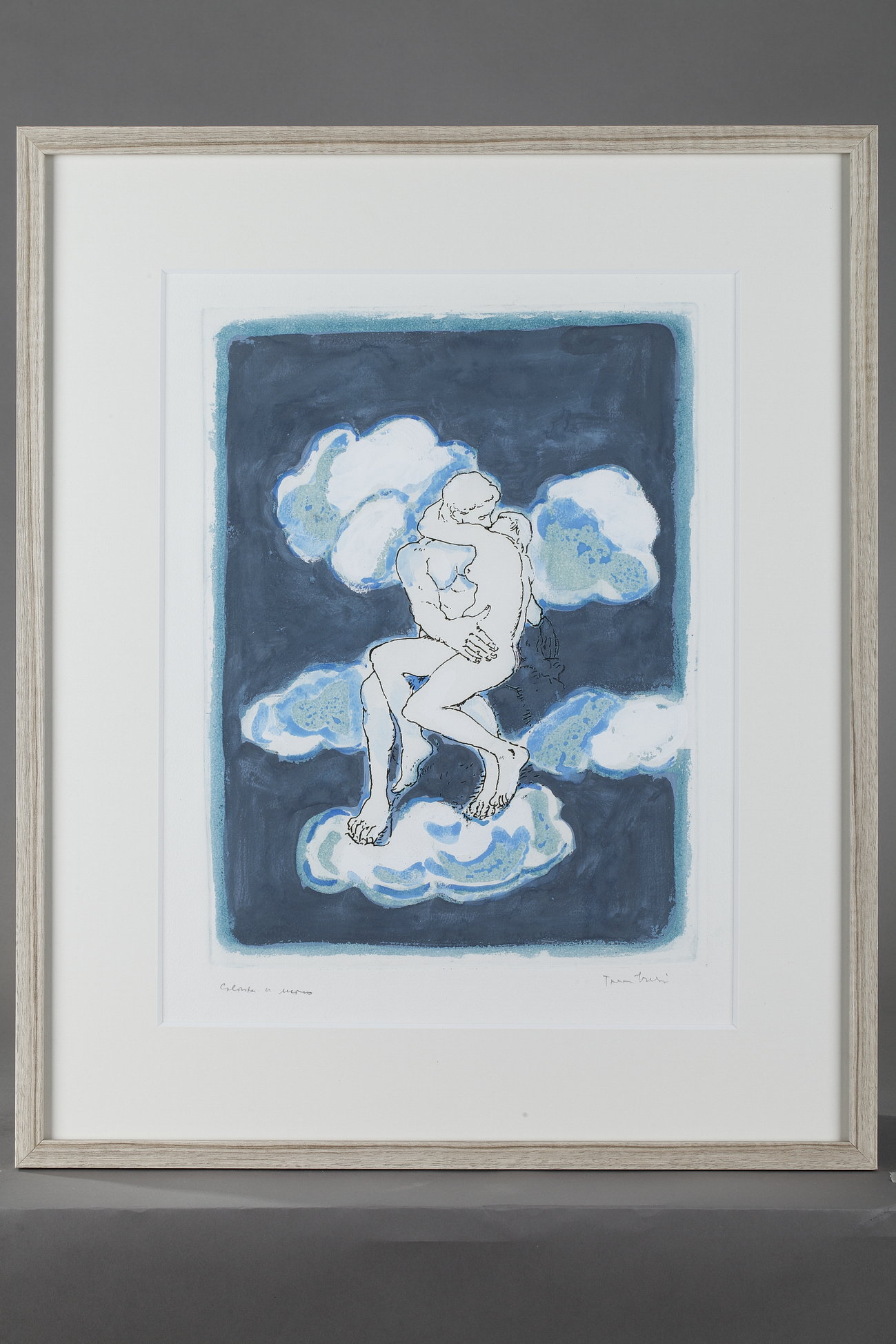Different engraving and printing techniques
30.07.23
Engraving and printing techniques are art methods that enable an image to be reproduced on different media. Engraving involves incising a surface to create a raised or recessed image, while printing uses inks to transfer an engraved image onto a flat surface. Before discussing engraving techniques, it's important to note that there are two inseparable terms: etching and engraving.
The term "estampe", from the Italian "stampa" (press), refers to any print made with ink on a flexible support from a matrix that is engraved or drawn on. There are three different processes: relief, intaglio and flat.
Wood engraving
Wood engraving has been known in Asia since 2000 BC, but only appeared in Europe in the 15th century. This technique, known as "high relief" (works like a stamp), is executed with a burin or drypoint on a wooden board. The engraver then inks the board, and presses it against a sheet of paper. This technique, also known as "xylogravure", is very difficult to master because it's very tedious; the ink preparation is very time-consuming, and inking is only valid for a single print. That's why it's still much admired and more expensive.
Copper engraving
Copperplate engraving first appeared in Europe around 1430, and involves engraving an image on a copper plate using a burin, a hardened steel tool with a wooden sleeve. The engraved parts retain the ink, which is then transferred to the paper during printing. Here, the copper is actually "engraved", unlike in wood engraving, where the design appears in high relief. The diamond-shaped tip of the burin incises the surface of the copper plate very finely, resulting in a very fine rendering. Copperplate engraving will be highly appreciated by artists wishing to work in rich detail.
Etching and engraving
The technique of etching appeared in Europe around 1510, but had already existed in the Orient and Spain since the Middle Ages. The technique consists of printing an image on a metal plate (iron, copper, zinc or steel), on which the motif is etched using a mordant (at the time nitric acid, today iron perchloride). The plate (matrix) is covered with a thin layer of wax or varnish. The artist draws into it with a point, clearing the lines where the acid will penetrate. After protecting the back of the matrix, it is dipped in the acid bath, which bites into the drawn areas. The duration of the bite varies according to the desired effect. Once the protective varnish has been removed, the plate is ready for inking and printing.
 Hommage à Rodin" etching depicting the symbolic 21st arrondissement of Paris, etched and aquatinted in full color, enhanced by hand, available in our online catalog.
Hommage à Rodin" etching depicting the symbolic 21st arrondissement of Paris, etched and aquatinted in full color, enhanced by hand, available in our online catalog.
Etching is an indirect engraving process (by etching the metal with an acid) as opposed to direct engraving (using tools such as the burin or drypoint). Artists who use etching are called "aquafortists".
Mezzo-tinto (black manner)
This technique, invented in Germany but developed in Holland, appeared in the 16th century. It is an intaglio engraving process, carried out by scratching a black grained plate, which makes it possible to obtain values or levels of gray, without resorting to hatching or stippling, for the first time in the history of engraving.
Lithography
Lithography is a printing technique used to create multiple copies of a drawing traced on a stone. It involves drawing on limestone with a pencil or greasy material, then applying ink to the surface. The image is then transferred to paper or another printing surface using a press. This technique is not to be confused with lithography, in which the motif is carved directly into the stone.
Chromolithography
Introduced to France in the mid-19th century, this is the process of printing prints or illustrations in color. The outlines of the motif are transferred onto as many lithographic stones as there are colors to be printed; on each, the chromist uses pencil or lithographic ink to apply solid or shaded areas (dotted lines, hatching, etc.) to obtain the desired effect, when the prints are superimposed.
Two chromolithographs "Grand foyer de l'Opéra de Paris", in "Le nouvel Opera de Paris" 19th century
Screen printing
It may seem surprising, but screen printing is the oldest printing process in existence. In fact, it first appeared in China between the 10th and 13th centuries. The very first silkscreen prints were made on wood "prints". A little later, in the 15th century, we find artists in Japan using this technique to transfer works and drawings onto silk. This direct printing process works using the "stencil" technique: the ink passes through the mesh of a fabric screen, using a squeegee. It only passes through the bare parts of the fabric, allowing a predefined image to be printed. Originally, the screen was made of silk fabric and the frame of wood. These were replaced in modern printing by polyester (or polyamide) and aluminum respectively.


